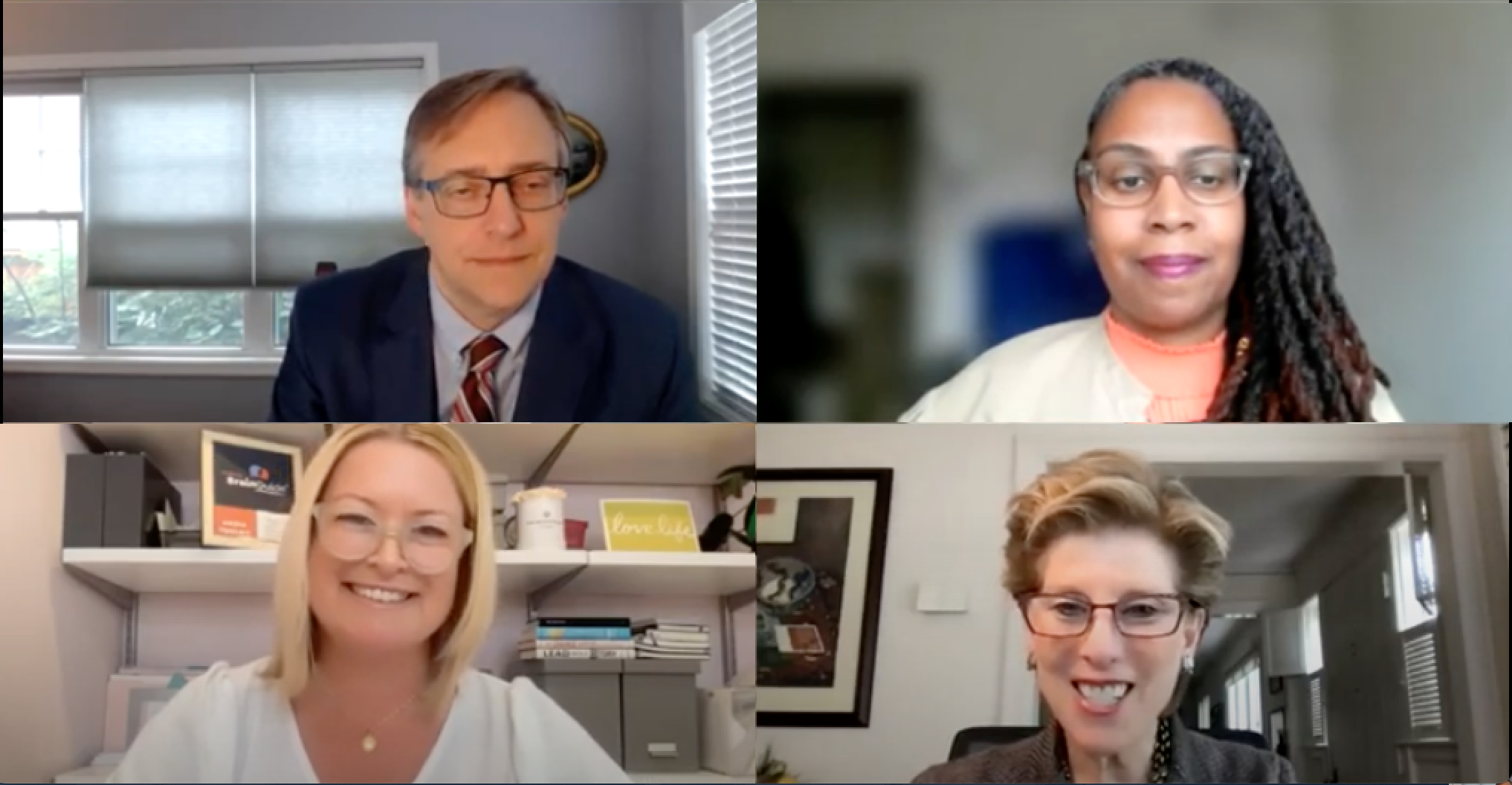By Amy Luther, Communications and Policy Intern.
Alzheimer’s disease (AD) is a degenerative brain disorder that progressively decreases functional thinking, memory, and social abilities. Over 5.8 million Americans live with AD, and this number is growing. The number of people aged 65 and older with AD is expected to more than double by 2050 – causing the total number of those affected to reach over 10 million.
On July 26, 2022, the Society for Women’s Health Research (SWHR), in partnership with UsAgainstAlzheimer’s and the National Alliance for Caregiving, hosted a national webinar and congressional briefing “Taking Heed of Alzheimer’s Disease: Recognizing and Responding to a Coming Crisis” to discuss AD and its disproportionate impact on women. AD does not impact sexes equally; about two-thirds of AD patients are women, and women have a 30% higher risk of dying from AD than men. Further,women disproportionately serve as unpaid AD and dementia caregivers.
The knowledge that AD disproportionately affects women remains fairly low in the United States, said Brooks Kenny, Vice President of Consumer Engagement and Partnerships at UsAgainstAlzheimer’s, who served as the event’s moderator. Yet, AD is the fifth leading cause of death among women in the United States, and women in their 60s are twice as likely to develop AD than breast cancer, Kenny added.
However, why women experience AD at a higher rate than men, Jill Goldstein, PhD, Professor of Psychiatry and Medicine at Harvard Medical School and Founder and Executive Director of Innovation Center on Sex Differences in Medicine at Massachusetts General Hospital, explained, is complicated. Among the factors that may explain women’s disproportionate risk of developing AD—on top of the fact that women tend to live longer than men—are women’s hormone regulation over their lifespans, the immune system responses between males and females, variations in the vascular system process of males and females, and specific impacts of aging on women’s metabolism . While sex and gender specific AD research is expanding, which could help inform treatment and prevention for AD in women, there are also practices women can use now to help maintain memory function, Dr. Goldstein shared.
Navigating AD involves not only the patient, but also their caregivers. Fawn Cothran, PhD, RN, GCNS-BC, FGSA, Hunt Research Director at the National Alliance for Caregiving, joined the webinar to discuss the unique role of and challenges faced by AD caregivers, who are predominately women. More than 60% of AD caregivers are women, and they face myriad challenges by assuming this role, such as balancing their career and other responsibilities, caring for their own mental and physical health, and working through gendered economic implications, including gender wage gaps, Dr. Cothran explained.
Even with this, there are many benefits to being an AD caregiver, including a sense of purpose and fulfillment.
The bottom line is that AD is a national emergency, Niles Godes, JD, Chief Government Relations and Policy Officer with UsAgaisntAlzheimer’s, stated, but it’s one that does not affect everyone equally. During the webinar, Godes discussed policy changes that need to be prioritized in the United States to improve AD outcomes:
- Make AD prevention a national priority. “The only thing better than a cure for Alzheimer’s is preventing the disease in the first place,” Godes said.
- Make early detection of easier. Start with Medicare annual wellness visits, utilizing evidence-based screening tools rather than observational cognitive impairment tests, Godes recommended.
- Advance health equity work related to AD. One example of this would be offering paid medical leave for AD caregivers.
- Increase funding for AD research, specifically for women and women of color.
Additional discussion between panelists highlighted the need to think about and promote brain health the same way we promote other types of health, such as cancer care or heart health; the importance of studying and applying precision medicine to AD, particularly as it affects care between sexes; and the understanding that everyone is or will be connected to the work of caregiving in some regard in their lifetime.
SWHR’s Alzheimer’s Disease Program is supported by educational sponsorships from Eisai and Eli Lilly & Company. SWHR maintains editorial control and independence over educational content.
